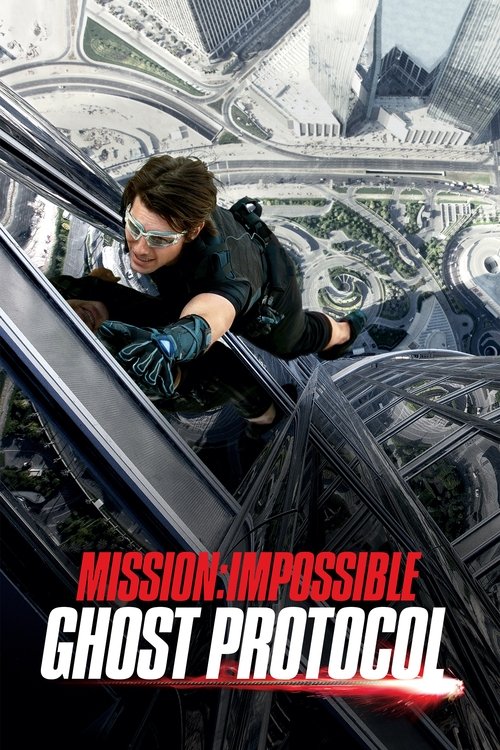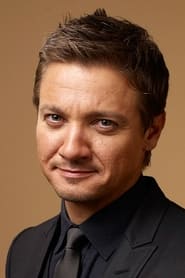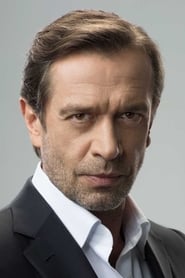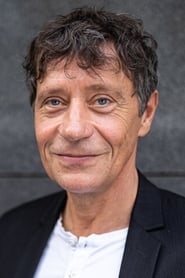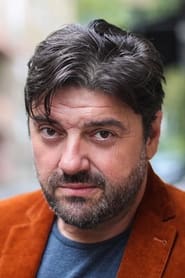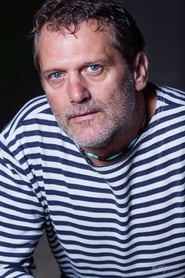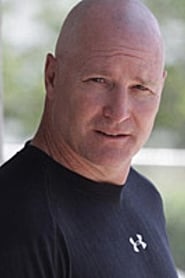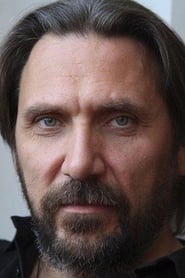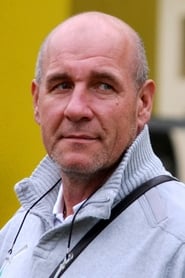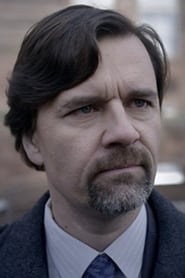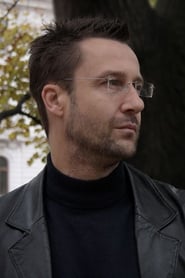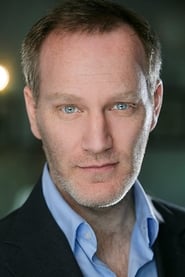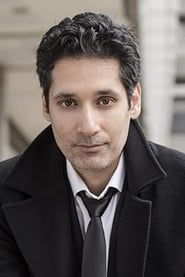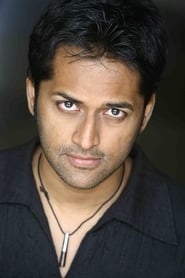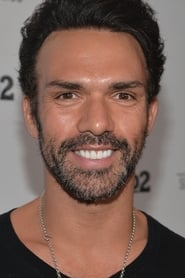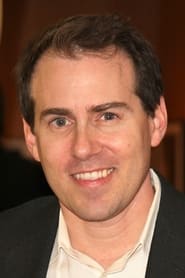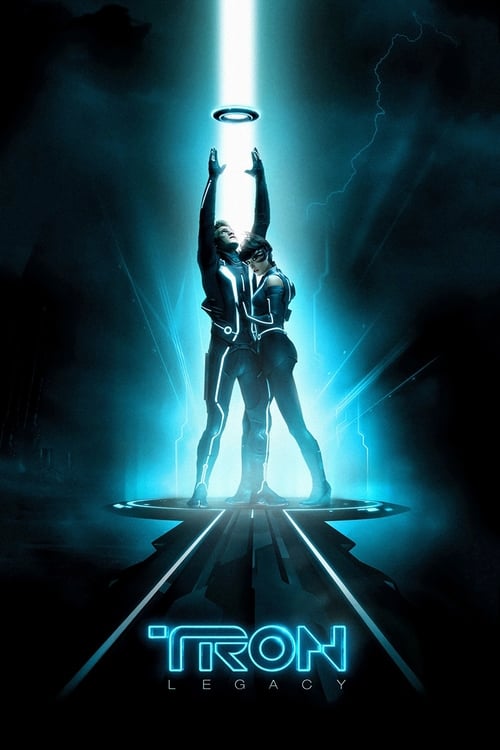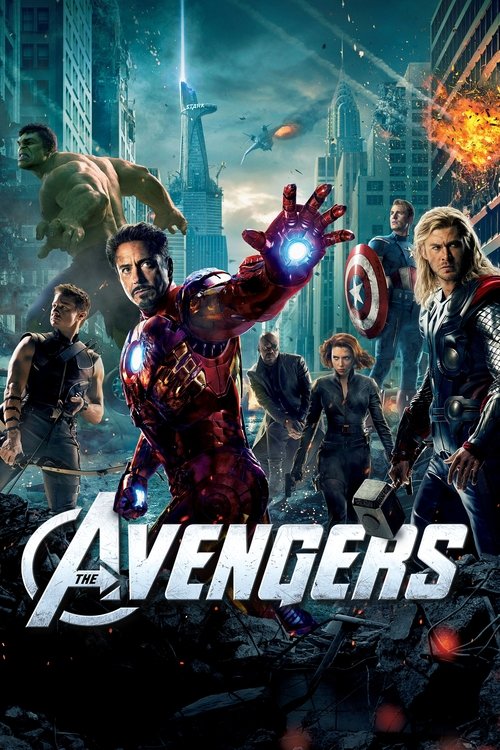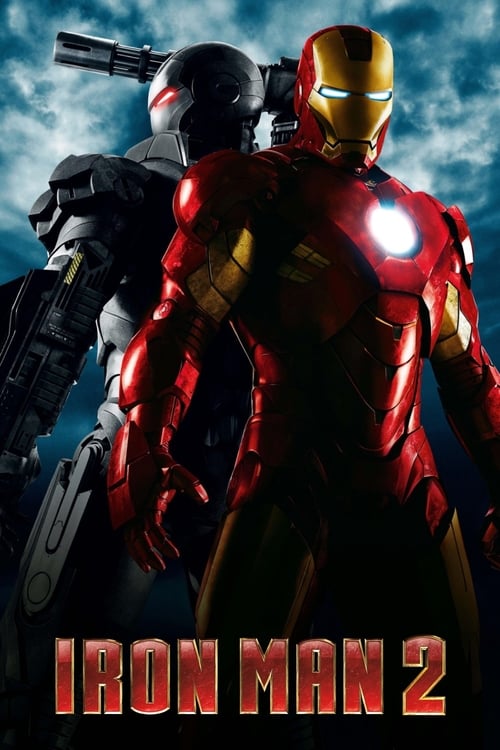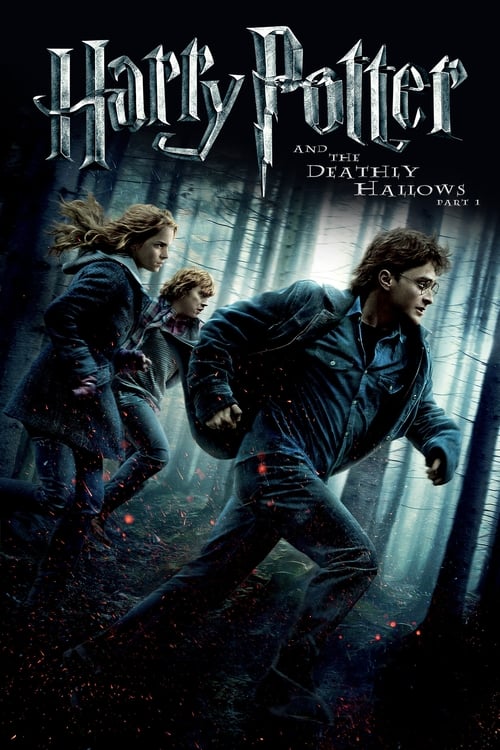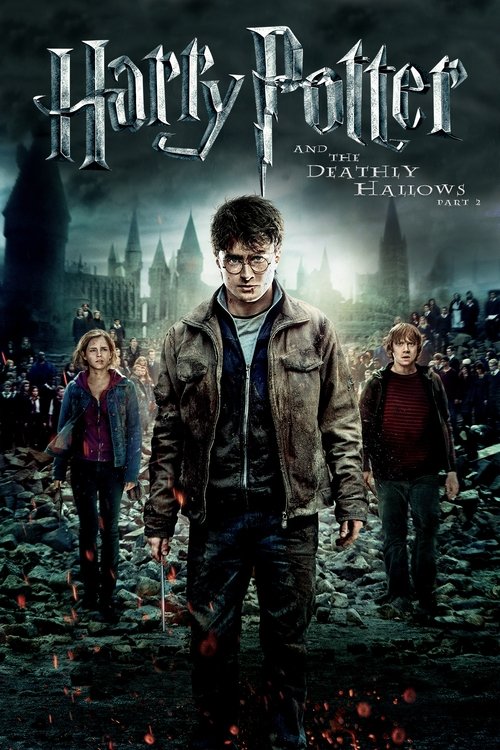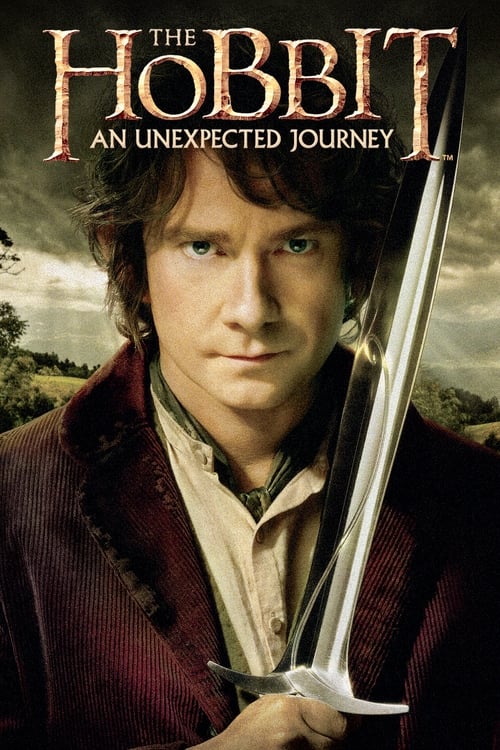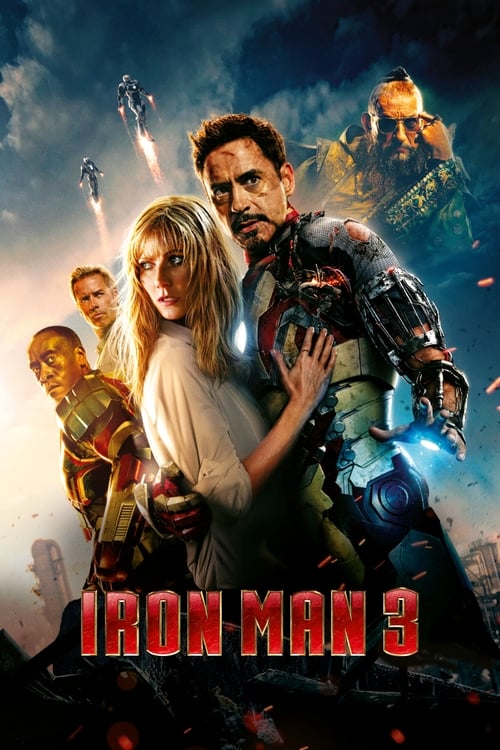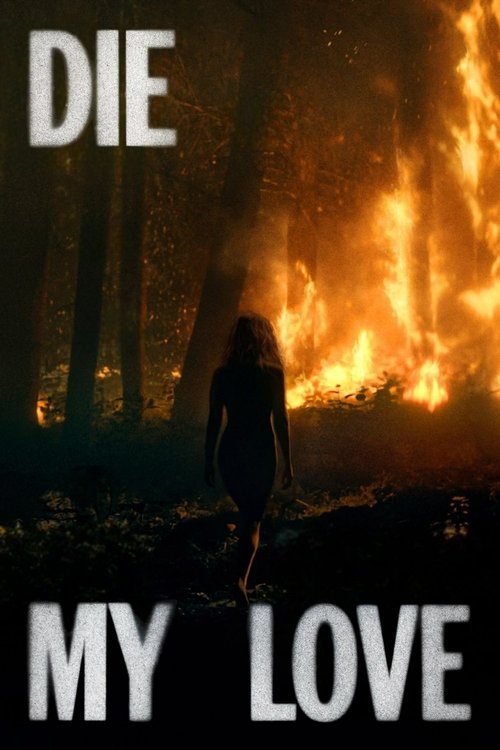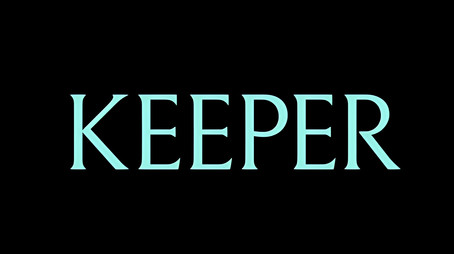
Ask Your Own Question
What is the plot?
The story begins deep inside the Kremlin in Moscow, where the Impossible Missions Force (IMF) team, led by Ethan Hunt, is on a covert operation to retrieve Russian nuclear launch codes. The date is not explicitly stated but the events unfold in the contemporary period of 2011. Ethan, calm and focused, moves with precision alongside his team: Jane Carter, a skilled field agent; William Brandt, a newly promoted analyst-turned-field operative; and Benji Dunn, the tech specialist working remotely. Their mission is critical--access the Kremlin's server room to secure nuclear codes before they fall into the wrong hands.
As they infiltrate the heavily guarded Kremlin, tension mounts. Ethan's voice cuts through the silence, "Stay sharp. We're running out of time." Suddenly, the mission is compromised when a shadowy figure known only as "Cobalt" exposes their presence. Chaos erupts as a massive bomb detonates, obliterating the Kremlin and killing several IMF agents on site. The explosion is catastrophic, and the team barely escapes, but the damage is done--the IMF is publicly implicated in the attack. Immediately, the U.S. government disavows the IMF, triggering the initiation of "Ghost Protocol," effectively shutting down the agency and forcing Ethan and his team into rogue status.
Ethan is arrested by Russian intelligence agent Anatoly Sidorov, who accuses him of orchestrating the bombing. In a tense interrogation, Sidorov snarls, "You're responsible for this destruction." Ethan, unyielding, escapes custody and meets with the IMF Secretary and William Brandt in Moscow. Brandt reveals the truth: the bombing was a setup by Kurt Hendricks, a dangerous nuclear strategist who believes in provoking global nuclear war to reset the world order. Hendricks has stolen a Russian nuclear launch control device, and the Kremlin bombing was a cover to mask this theft.
The Secretary, gravely aware of the stakes, explains that the President has invoked Ghost Protocol, disavowing the IMF to keep the operation secret. He orders Ethan to continue the pursuit of Hendricks, but before Ethan can act, the Secretary is assassinated by Sidorov's men, forcing Ethan, Brandt, Jane, and Benji to go underground.
Their first lead takes them to Dubai, where Hendricks' associate, Wistrom, plans to meet with Sabine Moreau, a ruthless assassin who had earlier killed IMF agent Trevor Hanaway in Budapest and stolen nuclear codes. The team plans a daring infiltration of the Burj Khalifa, the tallest building in the world. Ethan must scale the building's exterior to access a high-security server room on the 160th floor. The visuals are breathtaking: Ethan clings to the glass facade, the city sprawling beneath him, the wind howling. His voice crackles over the comms, "I'm going in."
Inside, Brandt and Benji work to disable the satellite communication systems that Hendricks uses to control the missile launch. Jane confronts Nath, a technician who holds the satellite override code. Under pressure, Nath reveals the code, but Hendricks anticipates their move and takes the servers offline after sending a launch signal from a television broadcasting tower.
The signal reaches a Russian nuclear submarine in the Pacific Ocean, which fires a missile aimed at San Francisco. The missile launch is designed to look like Russian retaliation for the Kremlin bombing, intending to provoke a full-scale nuclear war between the U.S. and Russia.
The team races to Mumbai, India, where Hendricks plans to finalize the launch sequence in an automated parking garage filled with mechanical lifts and platforms. Ethan pursues Hendricks through the labyrinthine structure, their fight brutal and relentless. Hendricks, driven by his apocalyptic philosophy, declares, "This world needs to burn to be reborn." In a desperate move, he jumps to his death with the launch control device, initiating the missile's countdown.
Ethan dives after the device, plunging into a pit below. With seconds ticking away, he retrieves the control panel and disables the missile, saving San Francisco from annihilation. Meanwhile, Brandt kills Wistrom during a confrontation, restoring power to the broadcast station, enabling Ethan's success.
Sidorov arrives at the scene, witnessing Ethan's heroics. He concedes, "You've stopped the missile. The IMF is innocent." The team is reinstated, their names cleared.
In the aftermath, Ethan reveals a crucial secret to Brandt: Julia, Ethan's love interest, whom Brandt believed dead, is alive but in hiding. Her death was faked to protect her and to allow Ethan to infiltrate a Russian prison to get close to Bogdan, an IMF source on Hendricks. Brandt, relieved, accepts his mission anew.
The film closes with Ethan watching Julia from a distance, their eyes meeting in a silent, hopeful smile before he departs on his next mission, the world safe once more but the shadow of espionage ever present. The screen fades to black, leaving no post-credits scene but a promise of more to come.
More Movies Like This
Browse All Movies →
What is the ending?
At the end of "Mission: Impossible - Ghost Protocol," Ethan Hunt and his team successfully prevent a nuclear disaster orchestrated by the antagonist, Kurt Hendricks. They manage to retrieve the launch codes and stop the missile from being fired. The team members, including Benji Dunn, Jane Carter, and Brandt, emerge victorious, and Ethan is left reflecting on the importance of teamwork and trust. The film concludes with Ethan receiving a new mission, hinting at future adventures.
Now, let's delve into the ending in a detailed, chronological narrative.
As the climax unfolds, Ethan Hunt, played by Tom Cruise, and his team are in a race against time to stop a nuclear missile from being launched. The setting is the Kremlin, where they have just been framed for a bombing that has drawn the attention of the world. The team, consisting of Benji Dunn (Simon Pegg), Jane Carter (Paula Patton), and William Brandt (Jeremy Renner), is on high alert, knowing that the real threat lies with Kurt Hendricks (Michael Nyqvist), who is intent on starting a nuclear war.
The scene shifts to a high-tech facility in Dubai, where Hendricks has taken control of the launch codes. The team infiltrates the building, showcasing their unique skills. Benji, with his tech-savvy expertise, hacks into the security systems, while Jane uses her combat skills to navigate through guards. Brandt, who has been struggling with his own past, finds his resolve as he supports Ethan in the mission.
As they reach the control room, tension mounts. Hendricks is already in the process of launching the missile. Ethan confronts him, leading to a fierce struggle. The stakes are incredibly high, as the countdown to launch ticks away ominously. In a moment of desperation, Ethan manages to outmaneuver Hendricks, showcasing his resourcefulness and determination. The fight is intense, filled with physicality and emotional weight, as Ethan fights not just for the mission but for the lives that hang in the balance.
In a pivotal moment, Ethan retrieves the launch codes just in time, but not without a cost. Hendricks, in a final act of defiance, attempts to escape, but Ethan and his team work together seamlessly, demonstrating their growth and unity. They manage to stop the missile from launching, averting disaster and saving countless lives.
As the dust settles, the team regroups. Each member reflects on their journey and the bonds they have formed. Benji, who has grown from a tech support role to a key player in the field, shares a moment of camaraderie with Ethan, acknowledging the trust they have built. Jane, having faced her own demons throughout the mission, finds a sense of closure and empowerment. Brandt, who has been haunted by his past, finally embraces his role within the team, realizing that he is not alone.
The film concludes with Ethan receiving a new mission briefing, hinting at future challenges and adventures. The camera captures his determined expression, underscoring his commitment to his team and the greater good. As the screen fades to black, the audience is left with a sense of hope and anticipation for what lies ahead.
In summary, Ethan Hunt, Benji Dunn, Jane Carter, and William Brandt emerge victorious, having thwarted a nuclear catastrophe. Each character has undergone significant development, solidifying their roles within the team and highlighting the themes of trust, teamwork, and resilience.
Is there a post-credit scene?
In "Mission: Impossible - Ghost Protocol," there is indeed a post-credit scene. After the main credits roll, the scene opens with a shot of a dimly lit room where a man is seen sitting at a table. This man is revealed to be a character named Alan Hunley, played by Jeremy Renner. He is discussing the recent events and the implications of the IMF's actions with a group of officials.
As the conversation unfolds, Hunley expresses his concerns about the future of the IMF and the potential for its disbandment due to the chaos caused by the Ghost Protocol mission. The tension in the room is palpable, as the officials weigh the risks and benefits of continuing to support the IMF.
The scene then shifts to a more personal moment, where Hunley reflects on the team's loyalty and the sacrifices they made during the mission. His emotional state reveals a deep sense of responsibility and commitment to his colleagues, particularly Ethan Hunt, played by Tom Cruise. The scene ends with a sense of uncertainty about the future of the IMF, leaving viewers with a lingering question about the fate of the organization and its agents.
This post-credit scene serves to set the stage for potential future conflicts and developments within the franchise, emphasizing the ongoing struggle between the need for covert operations and the scrutiny they face from higher authorities.
What is the significance of the Kremlin in the plot of Mission: Impossible - Ghost Protocol?
The Kremlin serves as a critical setting in the film, as it is the site of a terrorist attack orchestrated by the antagonist, Kurt Hendricks. The IMF team, led by Ethan Hunt, is framed for this attack, which sets off the chain of events that leads to the activation of Ghost Protocol. The Kremlin's destruction not only serves as a catalyst for the plot but also highlights the stakes involved, as it represents a breach of international security and the potential for nuclear war.
How does Ethan Hunt escape from a Russian prison?
Ethan Hunt escapes from a Russian prison with the help of his team, which includes Benji Dunn and Jane Carter. They execute a meticulously planned operation involving a distraction created by Benji, who uses a fake bomb threat to draw attention away from the prison. Meanwhile, Jane, posing as a guard, helps Ethan break free. The escape is tense and action-packed, showcasing Ethan's resourcefulness and the team's ability to work together under pressure.
What role does the character Brandt play in the team dynamics?
Brandt, played by Jeremy Renner, is introduced as a new member of the IMF team. Initially, he is portrayed as a desk analyst with a mysterious past, which creates tension and uncertainty within the group. As the mission progresses, Brandt's character evolves; he reveals his skills in combat and strategy, proving himself to be a valuable asset. His internal conflict regarding his past and his loyalty to the team adds depth to his character, ultimately leading to a strong bond with Ethan and the others.
What is the purpose of the 'Ghost Protocol'?
The 'Ghost Protocol' is a contingency plan activated by the IMF when the agency is disavowed following the Kremlin incident. It allows the team to operate without official support or resources, effectively making them rogue agents. This protocol emphasizes the urgency and danger of their mission to stop Kurt Hendricks from launching a nuclear attack. The concept of being 'ghosts' highlights the isolation and desperation the team faces as they work to clear their names and prevent global catastrophe.
How does the film depict the relationship between Ethan Hunt and his team members?
The relationship between Ethan Hunt and his team members is central to the film's narrative. Initially, there is a sense of distrust, particularly with Brandt, who has a complicated history. However, as they face various challenges together, their bond strengthens. Ethan's leadership style is characterized by trust and collaboration, as he encourages his team to leverage their unique skills. The emotional stakes are heightened during moments of danger, where their reliance on one another becomes crucial for survival, ultimately leading to a deep sense of camaraderie and loyalty.
Is this family friendly?
"Mission: Impossible - Ghost Protocol" contains several elements that may not be suitable for younger audiences or sensitive viewers. Here are some potentially objectionable or upsetting aspects:
-
Intense Action Sequences: The film features numerous high-stakes action scenes, including car chases, hand-to-hand combat, and explosions, which may be frightening or overwhelming for children.
-
Violence: There are scenes of physical violence, including fights and the use of weapons. Characters are shown in perilous situations, which could be distressing.
-
Death and Threats: The film includes themes of espionage and betrayal, with characters facing life-threatening situations. The stakes are high, and there are moments where characters are killed or seriously injured.
-
Language: There are instances of mild profanity throughout the film, which may not be appropriate for younger viewers.
-
Tension and Suspense: The film builds significant tension, with moments that may evoke fear or anxiety, particularly during critical missions where characters are in danger.
-
Mature Themes: The plot revolves around espionage, betrayal, and moral ambiguity, which may be complex for younger audiences to understand.
These elements contribute to a film that is more suited for older teens and adults rather than a family-friendly viewing experience.

